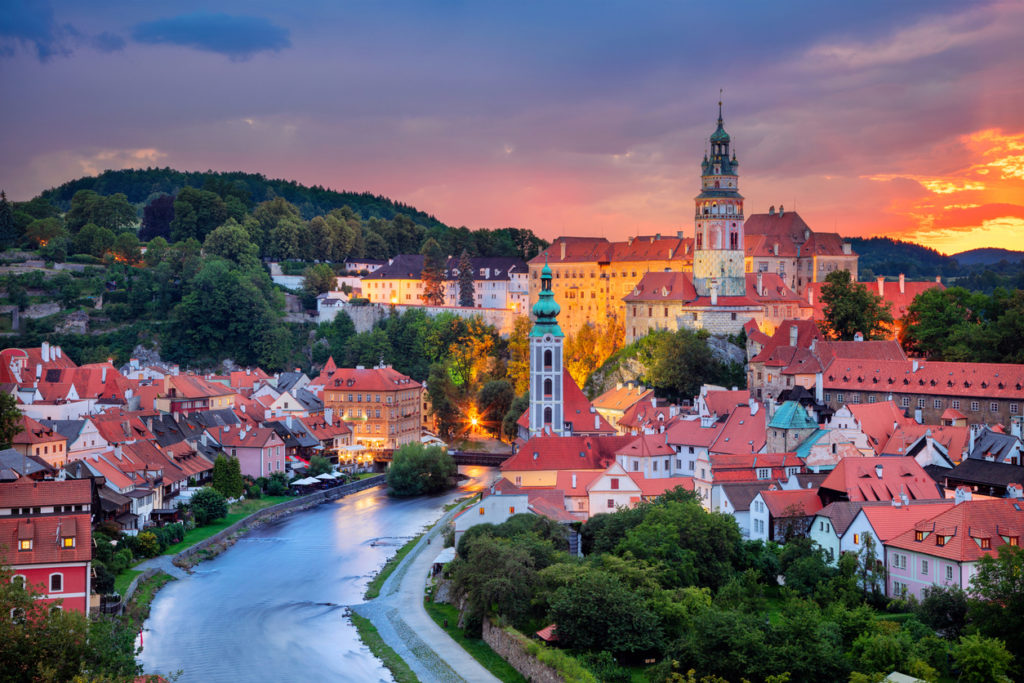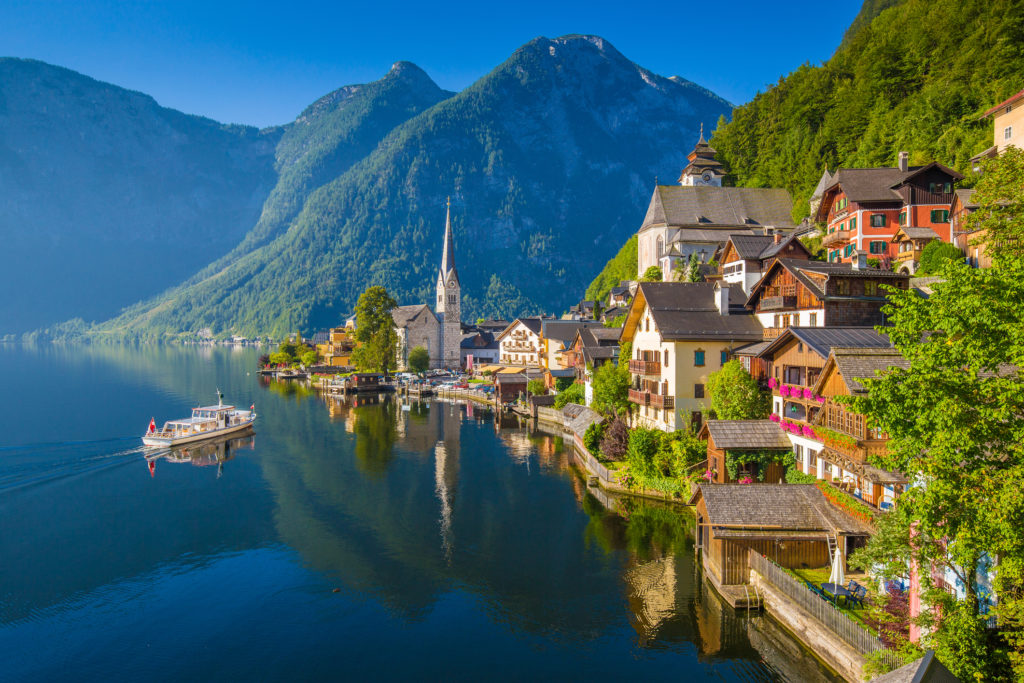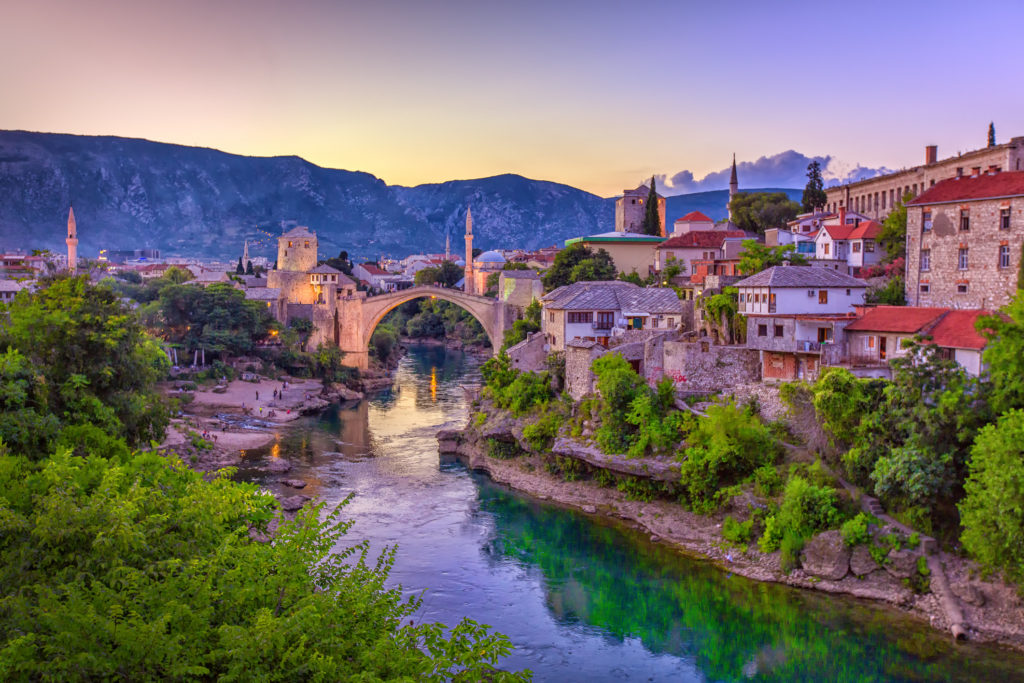Europe, a continent renowned for its cultural richness, architectural marvels, and historical significance, attracts millions of tourists each year. Cities like Paris, Rome, and Barcelona often steal the limelight, their iconic landmarks etched into the global imagination. Yet, the charm of Europe extends far beyond these bustling hubs. To truly experience the continent, one must venture off the well-trodden paths and discover the hidden gems that lie in its quieter corners. These are the places where the essence of Europe can be felt most deeply, where tradition and tranquillity meet, offering an experience that is both enriching and unique.

The allure of the lesser-known destinations in Europe lies in their authenticity. Here, the pace of life slows down, and the overwhelming presence of tourists gives way to the gentle rhythms of local life. In these places, the culture is not something performed for visitors; it is simply lived. One such destination is the small town of Hallstatt in Austria. Nestled between the pristine Hallstätter See and the towering Dachstein Alps, Hallstatt offers a breathtaking setting that rivals any postcard-perfect scene. The town’s pastel-coloured houses, perched on the edge of the lake, reflect the area’s traditional Alpine architecture. This UNESCO World Heritage site, often referred to as the “Pearl of Austria,” has a history that dates back to prehistoric times, with evidence of early Celtic settlers who mined salt from the surrounding mountains.
While Hallstatt has gained some recognition in recent years, particularly among those who seek out Instagram-worthy locales, it remains largely unspoilt by the trappings of mass tourism. Visitors can explore the town’s narrow streets, visit the Hallstatt Museum to learn about its ancient past, or take a boat out onto the lake to appreciate the stunning natural surroundings. In the nearby Dachstein caves, one can marvel at the giant ice formations that have existed for thousands of years. For a truly off-the-beaten-path experience, hiking up to the ancient salt mines offers a glimpse into the region’s rich history, all while providing panoramic views of the town and lake below.

Moving further south, Slovenia presents another captivating destination that often escapes the attention of mainstream tourists. The country, often overshadowed by its more famous neighbours Italy and Austria, is a treasure trove of natural beauty and cultural heritage. The Soča Valley, with its emerald-green river and dramatic mountain scenery, is a paradise for nature lovers and adventure enthusiasts. The valley played a significant role during the First World War, and the area is dotted with remnants of this turbulent past, including forts, bunkers, and memorials.
The town of Bovec, located in the heart of the Soča Valley, serves as an excellent base for exploring the region. The town’s proximity to the Triglav National Park makes it an ideal spot for hiking, rafting, and canyoning. However, beyond the adrenaline-fuelled activities, Bovec also offers a chance to connect with Slovenia’s traditional way of life. The local cuisine, influenced by the region’s agricultural heritage, features hearty dishes like bovški krafi (a type of filled pastry) and locally-produced cheeses. The hospitality of the Slovene people adds to the charm, making a visit to the Soča Valley a truly immersive experience.
Further to the east, in the heart of Hungary, lies the serene town of Eger. Known primarily for its historical significance and baroque architecture, Eger is also famous for its wine production, particularly the robust red wine known as Egri Bikavér or “Bull’s Blood.” Unlike the bustling wine regions of France or Italy, Eger offers a more intimate and relaxed atmosphere where visitors can tour family-owned vineyards and enjoy tastings in centuries-old cellars. The town itself is a delightful blend of history and culture, with its castle, thermal baths, and stunning churches providing ample opportunities for exploration.
One of Eger’s most intriguing attractions is the Basilica of St. John the Apostle, the second-largest church in Hungary. Its neoclassical facade and grand interior reflect the town’s rich religious heritage. Nearby, the Eger Castle, perched on a hill overlooking the town, offers a glimpse into Hungary’s medieval past. The castle played a pivotal role in the defence against the Ottoman Empire in the 16th century, and today, visitors can explore its ramparts, dungeons, and museums. The town’s thermal baths, fed by natural hot springs, provide a perfect way to unwind after a day of sightseeing, offering a chance to relax as the locals do.
In contrast to the more popular cities of Western Europe, the Balkans offer a different perspective on the continent’s diverse landscape. Bosnia and Herzegovina, a country often overlooked due to its recent history of conflict, is slowly emerging as a destination of choice for those seeking uncharted territories. The town of Mostar, with its iconic bridge spanning the Neretva River, is a symbol of the country’s resilience and cultural diversity. The Old Bridge, or Stari Most, originally built in the 16th century by the Ottomans and painstakingly reconstructed after its destruction during the Bosnian War, stands as a testament to the enduring spirit of the people.

Walking through the cobblestone streets of Mostar’s old town, one can sense the layers of history that have shaped this place. The blend of Ottoman, Austro-Hungarian, and Mediterranean influences is evident in the architecture, cuisine, and way of life. Mostar’s bustling market, with its array of handicrafts, jewellery, and traditional textiles, offers a glimpse into the town’s artisanal traditions. The town’s location, nestled in a valley surrounded by mountains, provides numerous opportunities for outdoor activities, including hiking, rafting, and exploring nearby waterfalls.
Further north, in the Czech Republic, lies the charming town of Český Krumlov. While Prague often draws the bulk of visitors to the country, those who make the journey to this small town are rewarded with a fairy-tale setting that feels untouched by time. The town’s well-preserved medieval centre, with its winding streets, colourful houses, and imposing castle, has earned it a place on the UNESCO World Heritage list. Český Krumlov’s castle, one of the largest in the Czech Republic, offers stunning views of the town and the meandering Vltava River below. The castle’s gardens and theatre, along with its impressive collection of art and antiques, provide a fascinating insight into the lives of the nobility who once resided there.
Beyond its historical attractions, Český Krumlov is also a hub for the arts, with numerous galleries, museums, and cultural events taking place throughout the year. The town’s relaxed atmosphere, combined with its rich cultural offerings, makes it an ideal destination for those looking to escape the hustle and bustle of more tourist-heavy locations.
These lesser-known destinations in Europe offer a wealth of experiences for those willing to venture beyond the well-trodden paths. They provide a deeper connection to the continent’s rich cultural heritage, stunning natural landscapes, and diverse traditions. Travelling off the beaten path allows for a more authentic and intimate exploration of Europe, where the beauty of the journey lies in the discovery of the unexpected. Whether it is the tranquillity of Hallstatt, the rugged beauty of the Soča Valley, the historical charm of Eger, the resilience of Mostar, or the fairy-tale allure of Český Krumlov, these places offer a glimpse into the heart of Europe that is both timeless and unforgettable.





